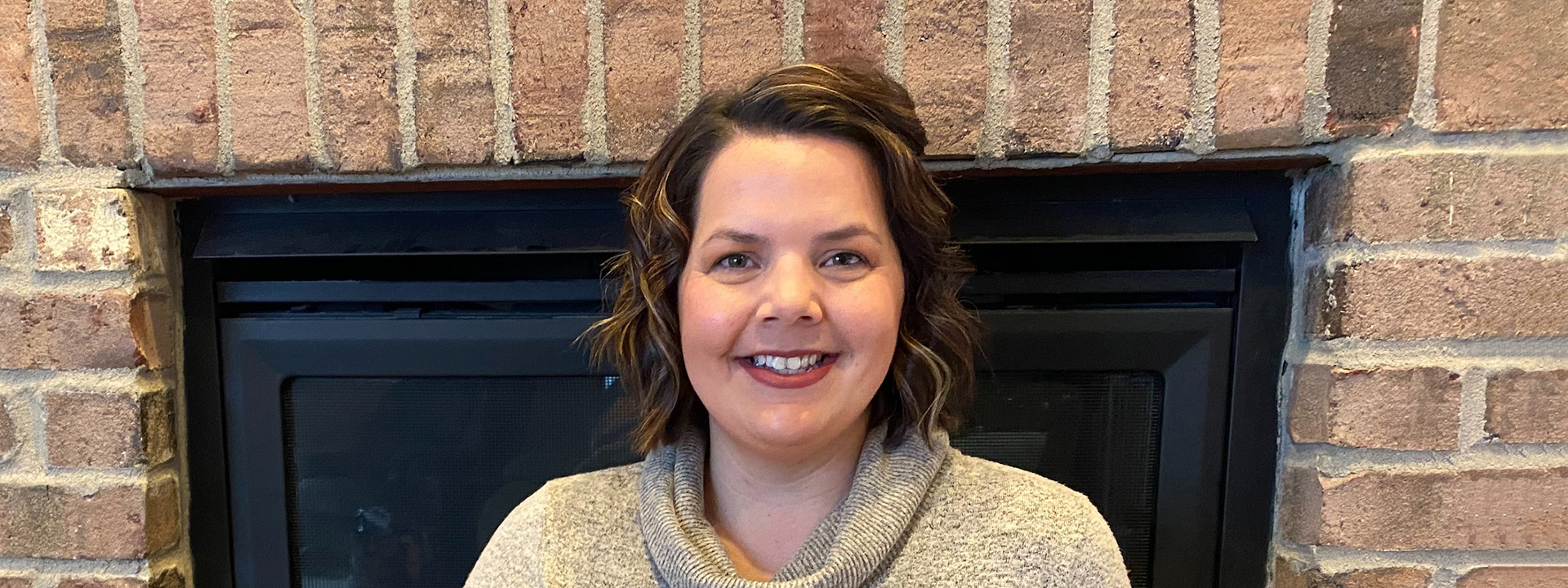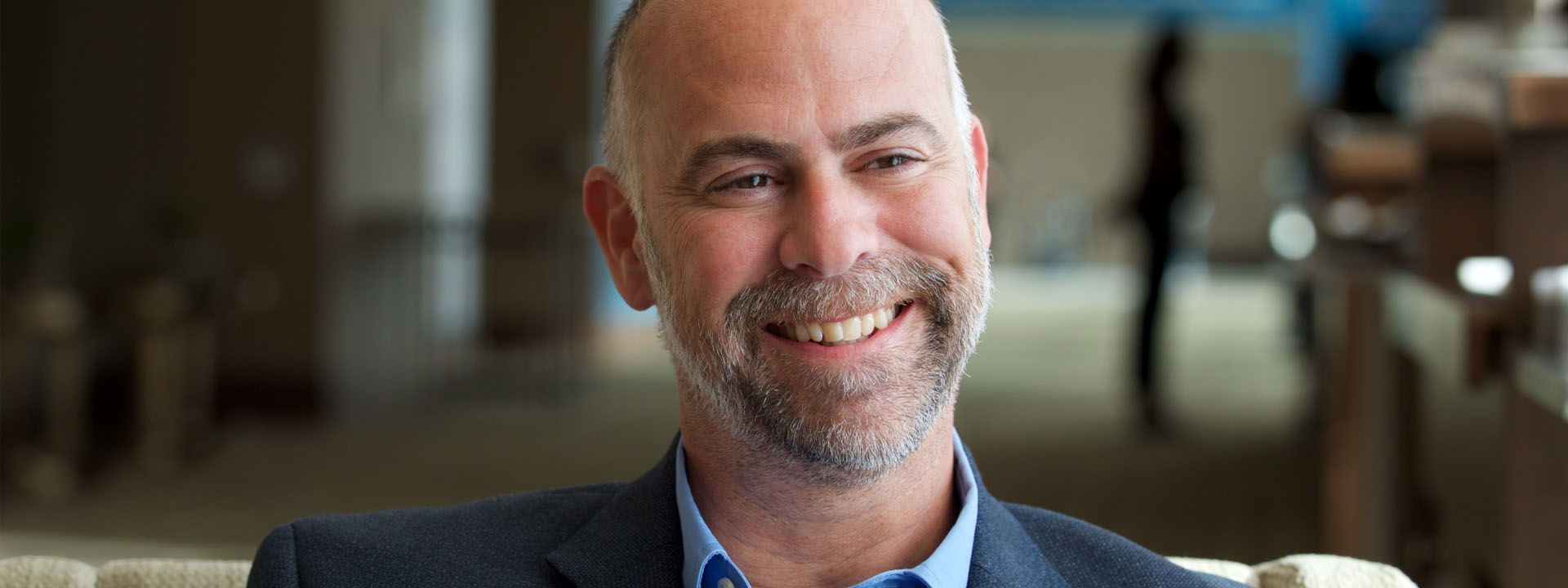In conjunction with HIMSS 2022, Surescripts hosted a panel entitled "Measuring Industry-Wide Interoperability in the Time of COVID." I was pleased to join a panel consisting of Tom Skelton, chief executive officer of Surescripts, Cris Ross, chief information officer of Mayo Clinic, Ashok Chennuru, vice president and chief data and insights officer at Anthem and Matt Swain, chief of staff at the Office of the National Coordinator for Health IT (ONC), with Colin Hung, chief medical officer and editor of HealthcareScene, serving as moderator.
Skelton opened the discussion by highlighting Surescripts' annual National Progress Report, citing that almost two million healthcare professionals processed over 20 billion data transactions in 2021. He noted that the demands on the provider and clinician community are substantially different than they used to be, and the improved flow of information is illustrated by metrics from the report – such as 200,000 clinicians utilizing Surescripts Record Locator & Exchange and an 81% increase in the use of Clinical Direct Messaging.
Here are three of my key takeaways from our conversation at HIMSS 2022:
1. Proper information flow provides the whole picture of a patient's health and clinical decision support.
Swain pointed out the rise of engagement in national exchange networks and the positive impact on patient access. Chennuru built upon that, saying that it is necessary to treat interoperability as a core competency rather than viewing it as simply meeting a mandate. He added that the whole of the healthcare ecosystem goes beyond a patient going back and forth between home and the health system, and data from health-related social needs organizations should be included as well. However, he stated that those groups outside traditional healthcare settings lack connectivity because they don't have the infrastructure. Chennuru pointed out that partnerships, such as one between Anthem and Epic, allow patients to access complete data sets and lead to greater patient engagement. He said that obtaining stakeholder alignment across the enterprise will create the biggest impact by collecting all data related to health and well-being rather than just looking at the clinical aspects.
2. Progress has been made.
Skelton stated that we have managed to achieve trust in data. Providers and clinicians may not be satisfied with the current level of interoperability, but the information that is moving is at least trusted.
“The information is trusted,” said Skelton, noting the nearly two million healthcare professionals who used the Surescripts network to process over 20 billion data transactions in 2021. “Trust is an important element, a foundational element. Trust is what gives us permission to go on and to do more.”
I noted that there has been a significant shift on the issue of privacy, and patients now understand the importance of healthcare providers having their information to provide better care.
Swain highlighted how many hospitals offered their patients access to their medical records. He said in 2012, just one-quarter of hospitals did, but ONC saw that number increase in just two years to 90 percent. Swain observed that incentive payments motivated hospitals and providers to digitize their health records, but some providers were left out – such as behavioral health and long-term post-acute care. Providers are incentivized to transmit information for public health, he said, but there has not been a sufficient emphasis on sending public health data back to physicians.
Ross said that the future would be defined by what we do with the FHIR standard and how the data is exchanged, mentioning that consumer engagement is episodic and that we need to move beyond that. He said that with the interoperability achieved, we can move from viewing data retrospectively and start to think about things prospectively to truly manage the health of Americans. We can unleash some of the machine learning and analytics that we have all been leaning into for years. He pointed out that we have proven we can do interoperability for some, but now we need to determine how to do it for all.
Swain added that government, payers, providers and vendors all came together during the pandemic and were able to collaborate and make things happen that would have taken years otherwise. We proved to ourselves that we can work together.
3. Measurement tracks progress and informs on areas of need.
Measuring interoperability has proven to be a challenge. That's why the Healthcare Leadership Council worked with the University of California, San Francisco, on the report "Opportunities for Private Sector Measures to Inform and Advance Interoperability Policy," which describes existing public sector measures, presents select measures by "use case" from private sector companies, highlights current interoperability measurement gaps, and offers recommendations for public and private sector organizations to coordinate efforts around interoperability measurement.
Members of the Healthcare Leadership Council have established three initial areas of focus for interoperability measures: electronic public health reporting, patient-facing data exchange and cross-network data exchange.
Chennuru stated that measurement will raise awareness and that we must be mindful of access versus outcomes. Consider, he said, whether the patient and their care provider have the right information for the right purpose at the right time to get the right diagnosis and the right level of care.
Ross acknowledged that the healthcare system is broken in the United States. Interoperability isn't the only tool that can fix that problem, he asserted, but it is an essential tool in the toolbox. It is important to have a sense of where things stand so we can understand what is achievable.
Skelton explained the need to move beyond the anecdotal and identify milestones to measure progress. It is not about proving that we are close to an end, he said, it is proving that we are constantly better than the day before and that every day there is progress being made somewhere. Make sure that you know where your bullseye is as you move step by step, he said, so that you're in a position where you can claim progress.
I added that we must have standardization as we gather critical data, especially on social determinants of health. Swain suggested we need to simultaneously keep raising the bar and looking for new areas to measure progress.
To hear the entire discussion, you may access the recording here. And please join us on Thursday, April 28th at 1 pm ET for another discussion with MedCity News about the next chapter of interoperability.


 Dean Riggott Photography
Surescripts
Dean Riggott Photography
Surescripts





